The origins of the beret
The beret, a stylish and timeless hat, carries a rich history that dates back centuries. While it's difficult to pinpoint exactly who originally wore berets, they are deeply rooted in European culture. Traditionally associated with France, the beret has become an emblem of sophistication and artistic flair. Its origins can be traced back to the Basque region in northern Spain, where farmers and shepherds wore it as protection from the elements. Over time, the beret gained popularity among military units and eventually made its way into mainstream fashion.
The beret's unique shape and versatility quickly caught the attention of people from different walks of life. It became a symbol of resistance during World War II when members of the French Resistance donned black berets. The famous French artist, Picasso, was often seen wearing a beret, solidifying its association with creativity and intellectualism. Today, the beret continues to be an iconic fashion statement and is worn by people all over the world.
The beret in military history
The beret's close association with the military can be traced back to the early 20th century. Initially worn by soldiers in the Basque region, it gradually gained popularity among other military units. The beret's practical design allowed it to be easily folded and stowed away when not in use. It provided protection from the sun and rain, making it a preferred headwear choice for soldiers. In the 1940s, the United States Army officially adopted the beret as part of their uniform, and it has since become a symbol of elite forces around the world.
Additionally, the beret became a symbol of solidarity and resistance during World War II. The French Resistance, a covert group of individuals fighting against the Nazi occupation, often wore black berets as a sign of their commitment to the cause. This association with resistance movements further elevated the beret's status and solidified its place in history as a symbol of courage and defiance.
The beret's significance in military culture extends beyond combat. It is often worn as part of ceremonial dress uniforms, showcasing pride, honor, and tradition. Military academies and special units around the world continue to include the wool beret as an integral part of their uniforms, highlighting its enduring role in military history.
The beret in contemporary fashion
While the beret's roots lie in practicality and military tradition, it has also become a staple in the world of fashion. Over the years, the beret has undergone various transformations, adapting to different trends and styles. Designers and fashion houses have embraced the beret, showcasing it on runways and incorporating it into their collections.
The versatility of the beret allows it to be styled in countless ways. It can add a touch of sophistication to a casual outfit or elevate a formal ensemble. The beret's ability to effortlessly complement different looks has made it a favorite accessory among fashion enthusiasts.
Celebrities and public figures have also played a significant role in the popularization of the beret. From iconic figures like Audrey Hepburn and Ernest Hemingway to modern-day trendsetters like Rihanna and Beyoncé, the beret has graced the heads of many influential personalities. Its timeless appeal and association with artistic expression continue to make it a beloved fashion item across generations.
Regional variations and cultural significance
As the beret spread beyond its original Basque roots, it underwent regional variations and took on different cultural meanings. In addition to its popularity in France and Spain, berets became a part of traditional attire in other countries too.
The beret in Scotland
In Scotland, the beret is known as the tam o'shanter, a traditional Scottish hat worn as part of Highland dress. The tam o'shanter is typically made of wool and features a pompom on top. It has become synonymous with Scottish culture and is often worn during formal occasions, such as weddings and Highland games.
The tam o'shanter serves as a symbol of Scottish pride and heritage, representing the rich history and traditions of the Scottish people. It has transcended its original purpose and has become an iconic piece of headwear associated with Scotland.
In addition to Scotland, variations of the beret can also be found in other countries such as Greece, where it is known as a "foustanélla," and in parts of South America, where it is a common accessory in traditional dance performances.
The beret in art and academia
The beret's connection to art and academia is deeply ingrained in its history. Artists and intellectuals, known for their unconventional thinking and creativity, have often adopted the beret as a signature fashion statement.
In the world of academia, the beret has become a symbol of intellectualism and free-thinking. Many professors and scholars choose to wear berets, capturing the essence of their pursuit of knowledge and innovation. It has become an unofficial uniform for those committed to critical thinking and scholarly pursuits.
Similarly, artists across different mediums, including painters, writers, and musicians, have embraced the beret as a reflection of their artistic identity. The beret's association with the bohemian lifestyle and the arts has cemented its status as an iconic accessory in creative circles.
The future of the beret
As fashion trends evolve, the beret continues to reinvent itself while maintaining its timeless appeal. Designers experiment with materials, colors, and shapes, ensuring that the beret remains relevant in modern fashion.
With the rise of sustainable fashion, the beret offers a sustainable alternative to mass-produced accessories. Its durability and ability to withstand changing trends make it a versatile and eco-friendly choice. By supporting local artisans and choosing high-quality berets, individuals can contribute to a more sustainable fashion industry.
Beyond fashion: the beret as a symbol of identity
Beyond its fashion and cultural significance, the beret has also become a symbol of identity and individuality. People from all walks of life, regardless of their background or profession, have adopted the beret as a means of self-expression.
Whether worn as a nod to its history, as a fashion statement, or as a form of cultural identification, the beret holds a special place in the hearts of those who choose to wear it. It continues to evoke a sense of style, sophistication, and timeless charm.
As we reflect on the origins and cultural significance of the beret, we are reminded of its enduring legacy and its ability to transcend boundaries. From its humble beginnings as a practical headwear choice to its status as a global fashion icon, the beret remains a symbol of individuality, creativity, and cultural heritage.
The beret: a symbol of style and legacy
The beret's journey through history is one filled with resilience and reinvention. From its origins in the Basque region to its status as a symbol of resistance and artistry, the beret has left an indelible mark on fashion and culture.
Today, the beret continues to captivate fashion enthusiasts and inspire designers. Its versatility and timeless appeal have allowed it to transcend borders and become a beloved fashion staple worldwide.
The beret in popular culture
In popular culture, the beret has been featured in various movies, music videos, and works of literature. It has come to represent an array of emotions and associations, from romance to rebellion.
One notable example is the film "Bonjour Tristesse" directed by Otto Preminger, where the main character, played by Jean Seberg, frequently wears a beret, symbolizing her youthful and carefree spirit.
The beret has also become synonymous with the Beat Generation, a literary movement in the 1950s and 1960s. Many writers and poets associated with the Beat Generation, such as Jack Kerouac and Allen Ginsberg, were often seen wearing berets, signifying their nonconformist ideals and intellectual pursuits.
The beret in music
The beret has made appearances in music videos and album covers, adding a touch of style and intrigue to the visuals. Artists like Prince, Gwen Stefani, and Madonna have all incorporated the beret into their music personas, further solidifying its status as a symbol of individuality and self-expression.
From the battlefields to the runways, the beret has carved its place in history as an enduring symbol of style and legacy. Its cultural significance continues to evolve, making it a timeless accessory that will always be associated with elegance, creativity, and the power of self-expression.
Affirming the beret's enduring allure
The beret's journey from practical headwear to a fashion icon is a testament to its enduring allure. Its ability to adapt to different contexts and evoke a sense of style and identity has made it a beloved accessory for generations.
Berets in the age of social media
In the age of social media, the beret has experienced a resurgence in popularity. Influencers and fashion enthusiasts showcase their unique styles and interpretations of the beret, inspiring others to incorporate it into their own wardrobes. Instagram and Pinterest are filled with images of the beret, further cementing its place as a must-have fashion accessory.
The beret's ability to effortlessly elevate any outfit and add a touch of sophistication has made it a staple for those seeking to make a fashion statement. Its versatility and timeless appeal ensure that it will continue to be a cherished accessory for years to come.
The beret's cultural and personal significance
Each person who wears a beret brings their own story and significance to this iconic headwear. Whether it's a connection to their cultural heritage, a nod to their favorite artist, or simply a personal style choice, the beret holds a special place in the hearts of those who wear it.
The beret's enduring appeal lies in its ability to transcend trends and remain a symbol of individuality and self-expression. As trends come and go, the beret stands strong, confidently representing the timeless allure of elegant headwear.
The beret continues to captivate
From its humble origins as a practical accessory to its evolution into a fashion statement, the beret has captured the hearts and minds of people around the world. Its history, cultural significance, and timeless style make it a true icon of fashion and identity.
Whether worn by soldiers, artists, or individuals seeking to express their personal style, the beret continues to captivate and inspire. Its enduring allure lies in its ability to transcend boundaries and evoke a sense of sophistication and creativity.
As you consider the beret's rich and diverse history, take a moment to appreciate its legacy and the impact it has had on fashion and culture. Whether you choose to wear a beret as a fashion statement or as a symbol of your heritage, know that you are part of a tradition that spans centuries and connects people from all walks of life.
Thank you for reading this article! As our way of showing gratitude, please enjoy an exclusive 10% discount at our online store French Beret. Simply enter the code BLOG10 at checkout to embrace timeless French style, quality fabrics, sophisticated accessories, cultural heritage, and a classic minimalist aesthetic. Happy shopping!



 ⭐️ 4.6/5 Classic French Beret
⭐️ 4.6/5 Classic French Beret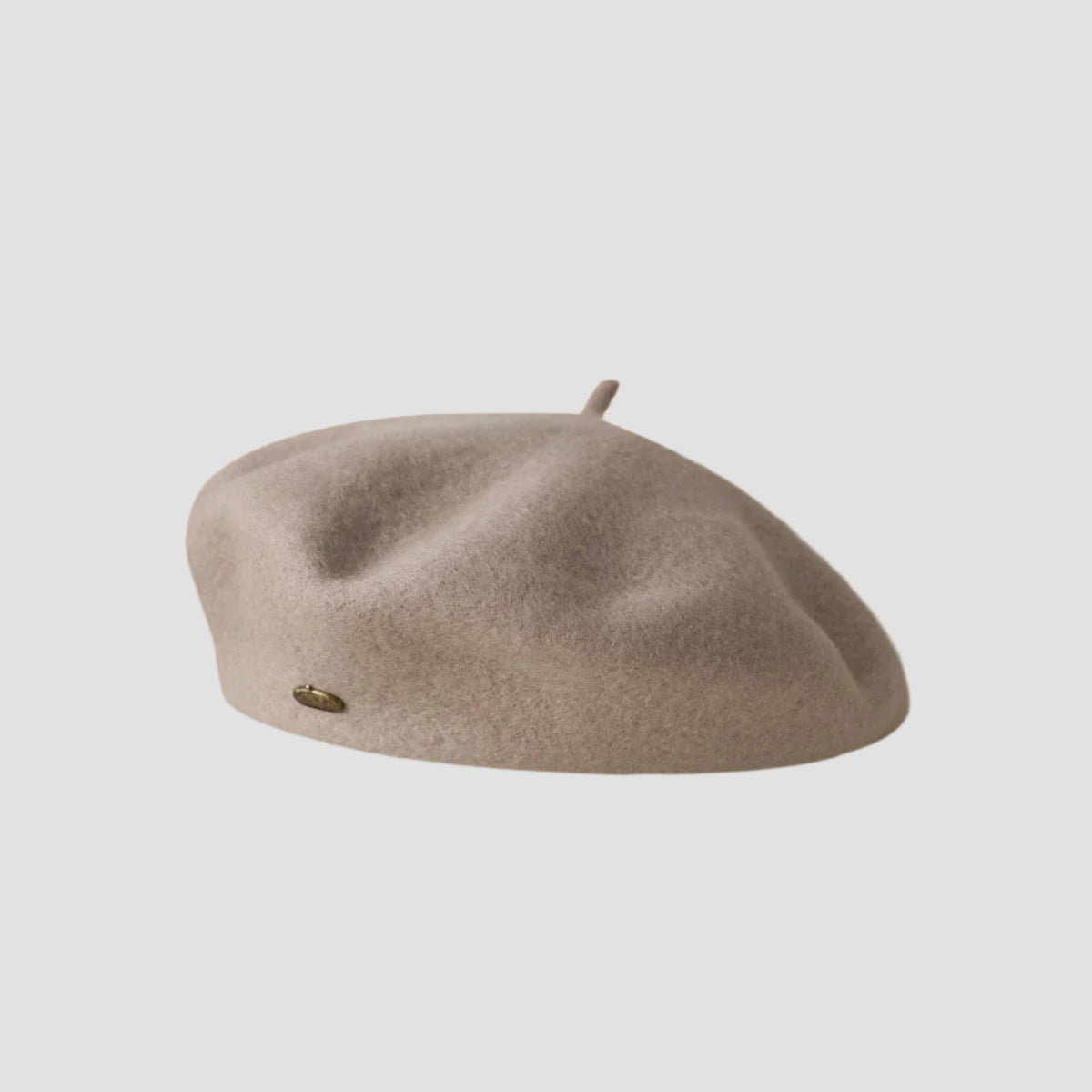
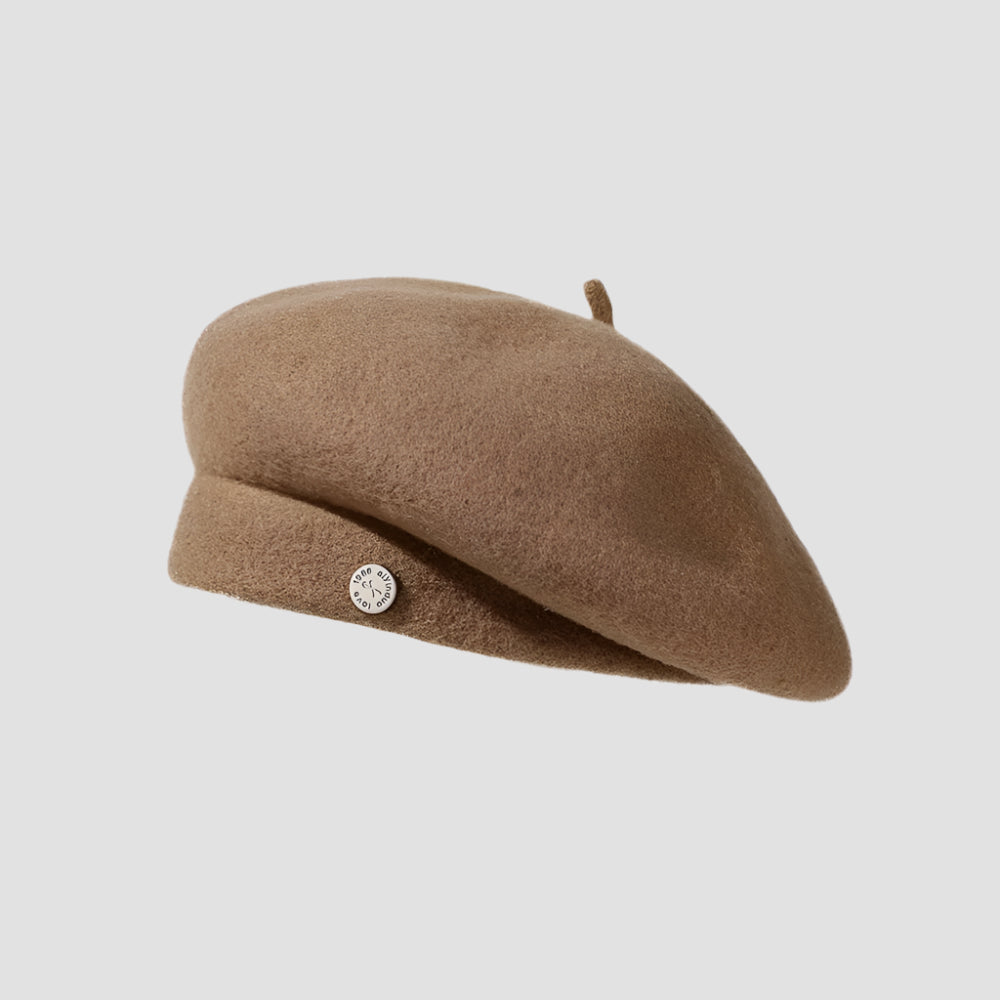

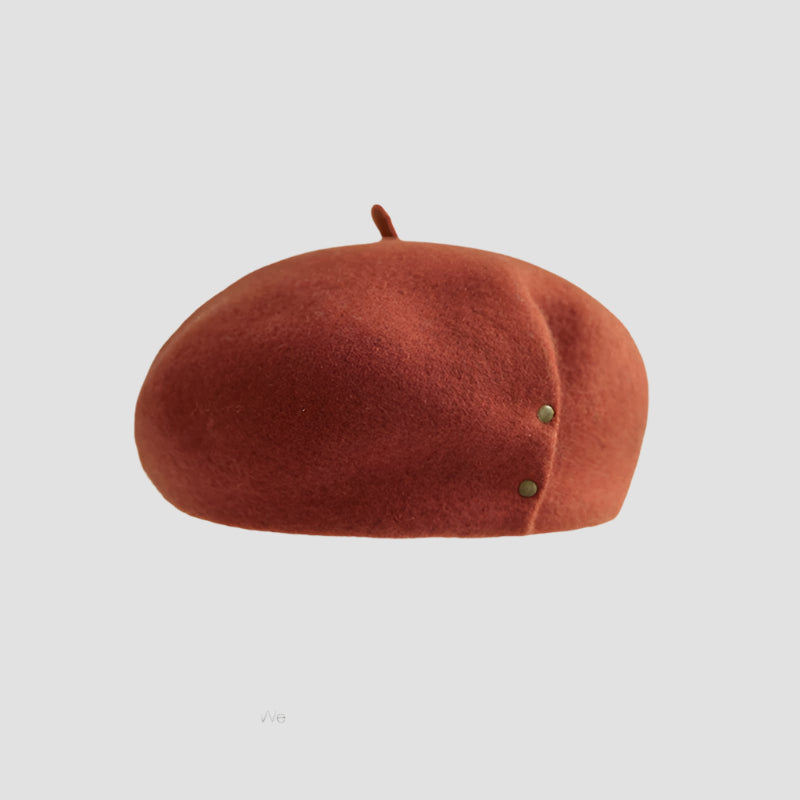
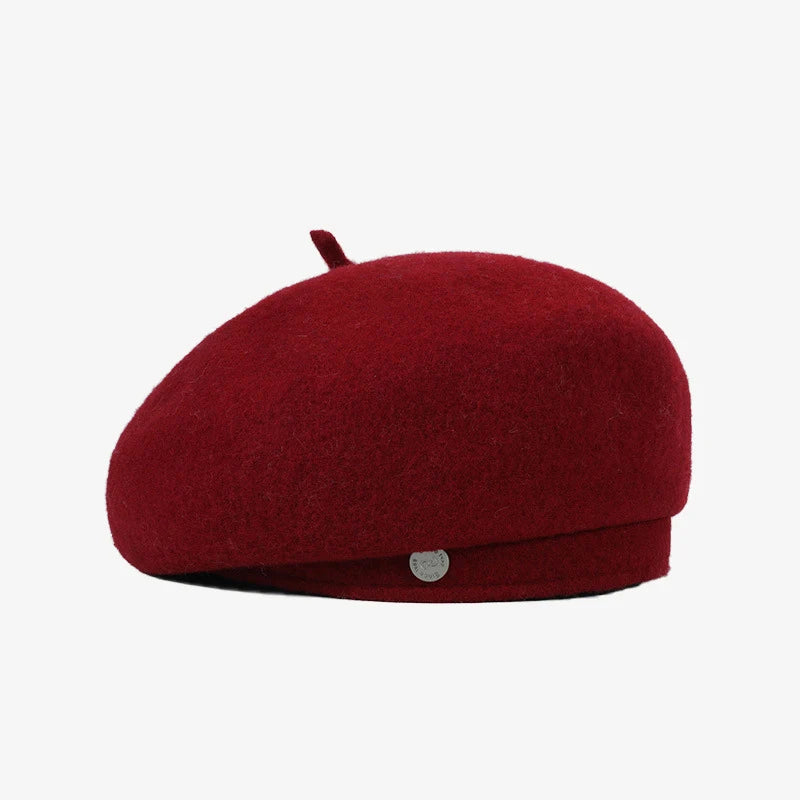

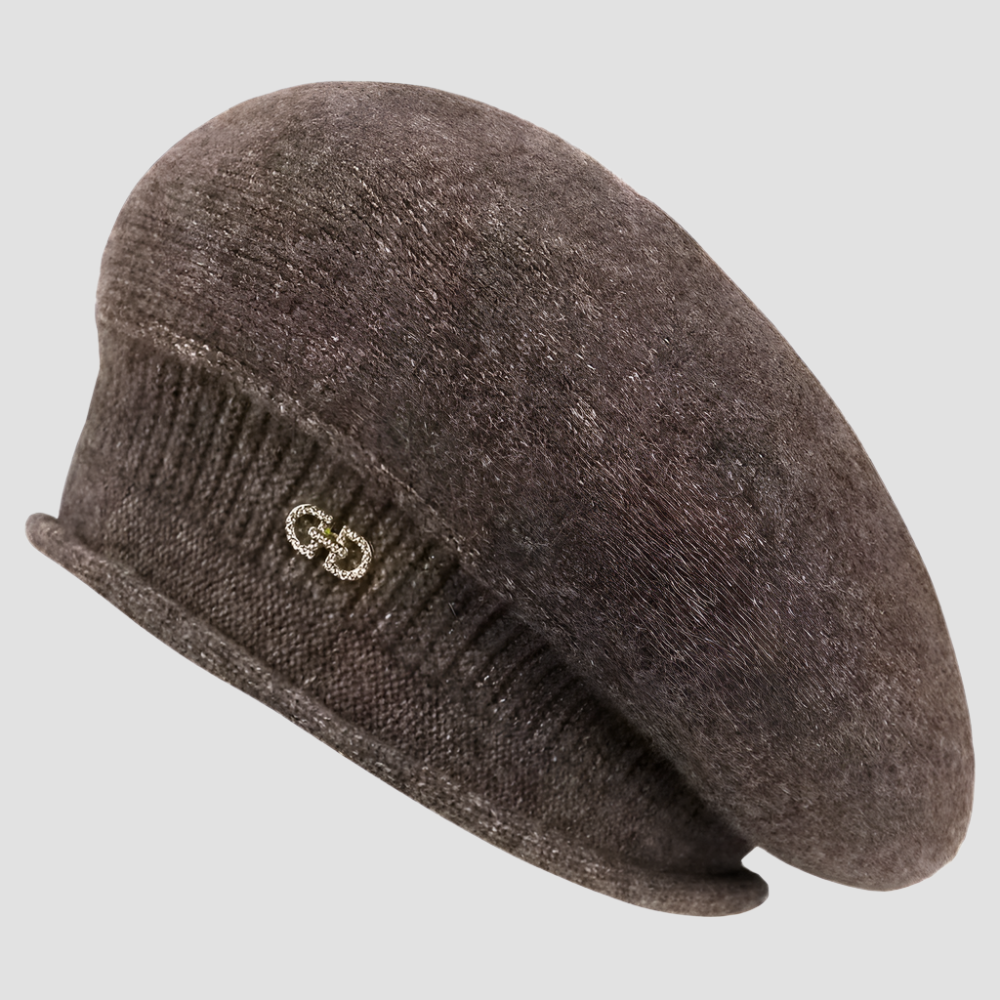
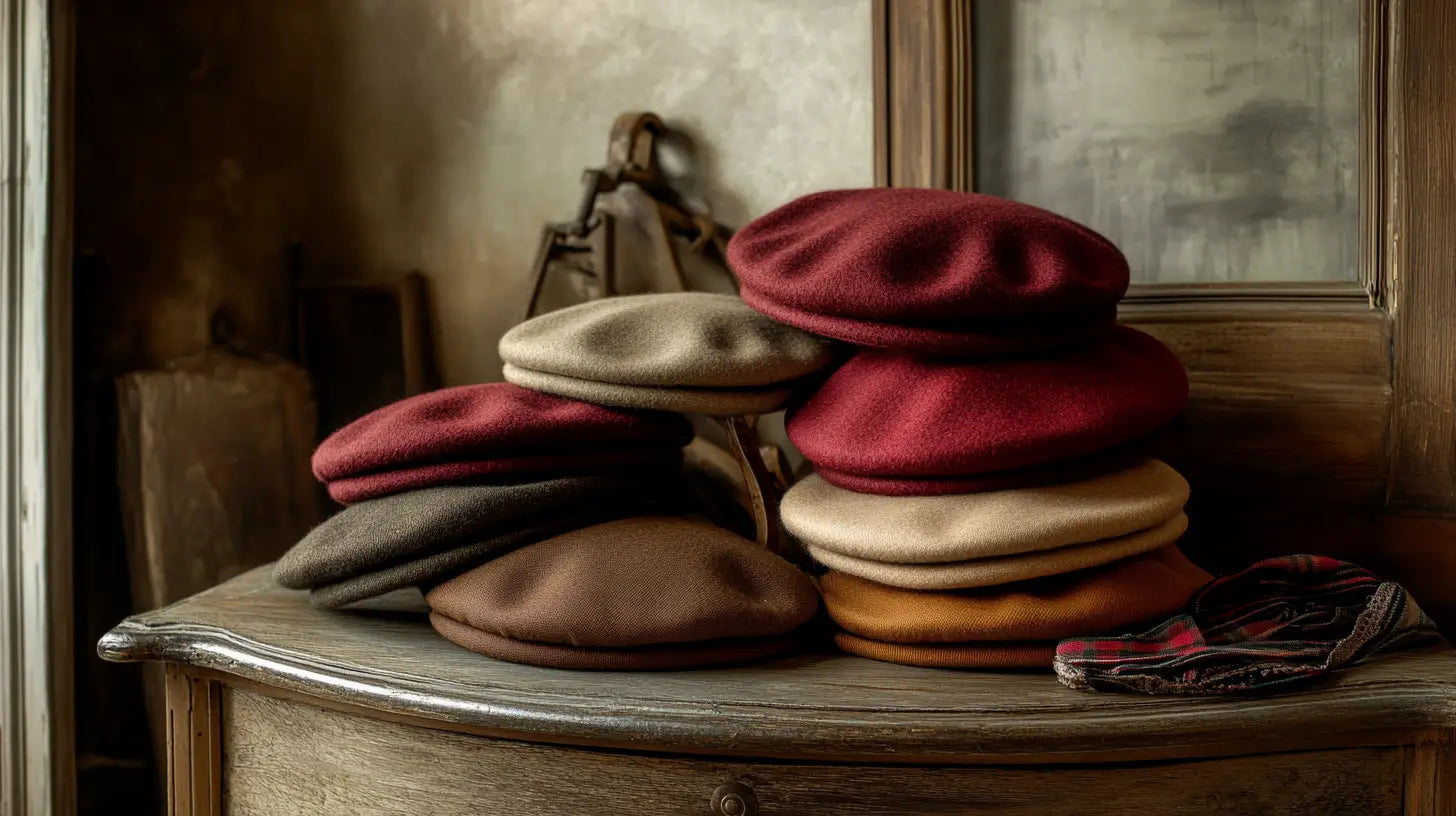


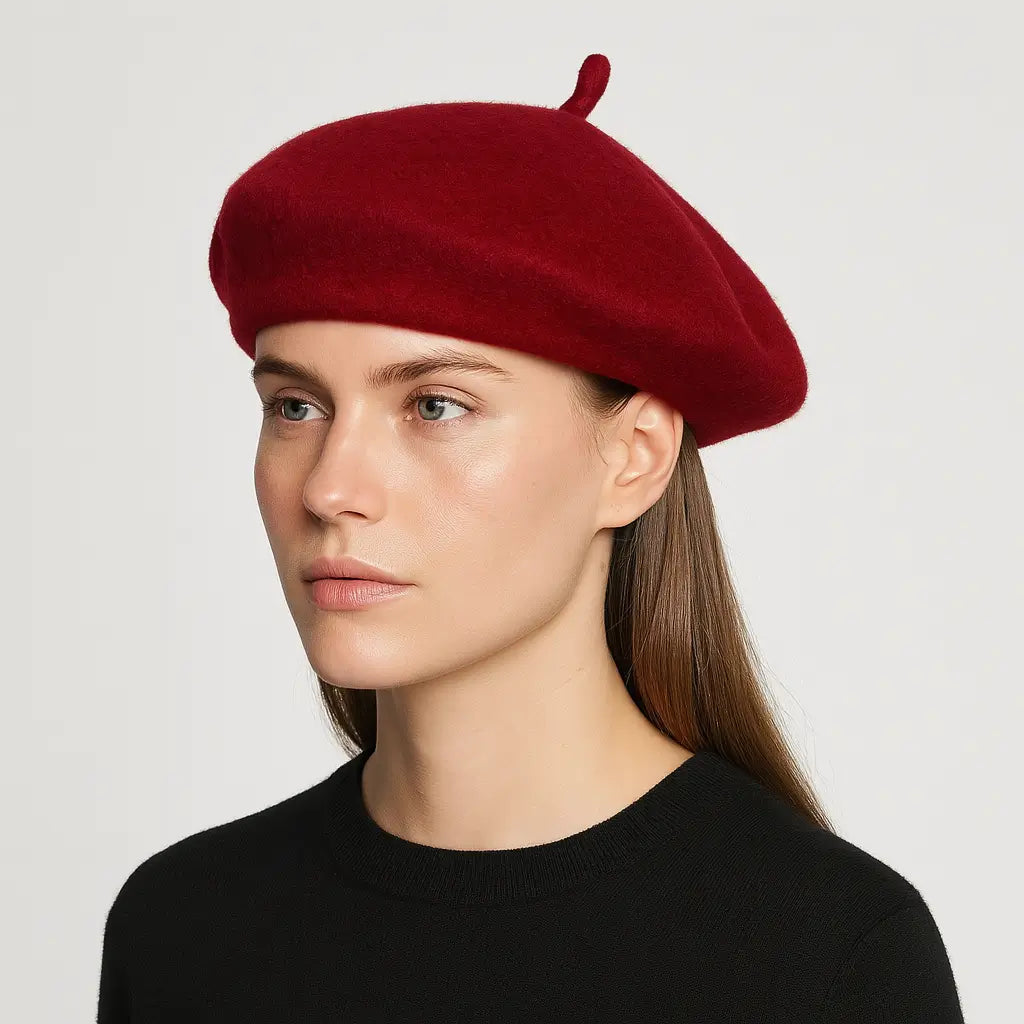
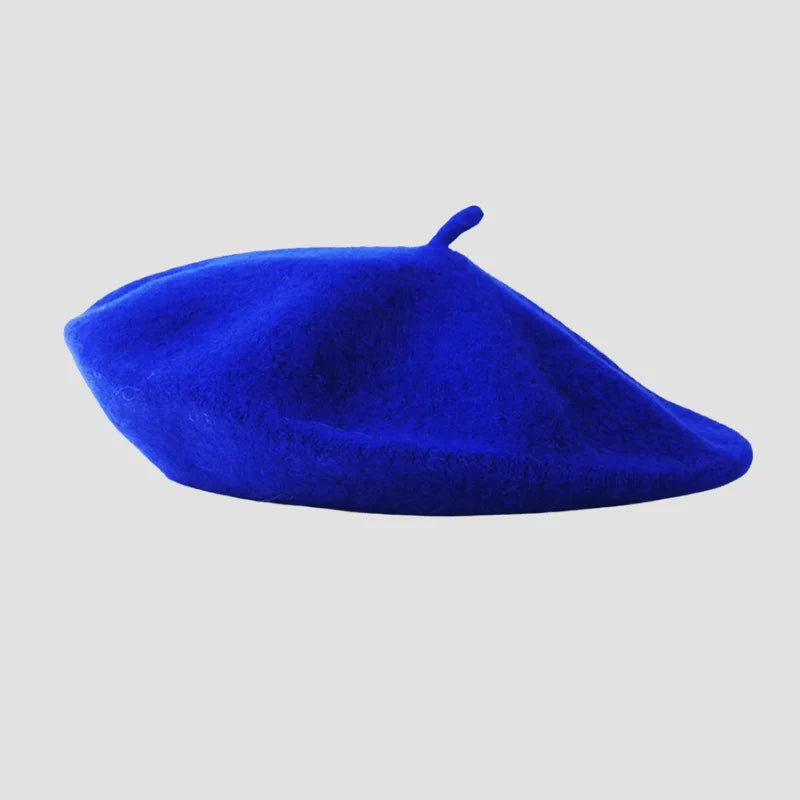
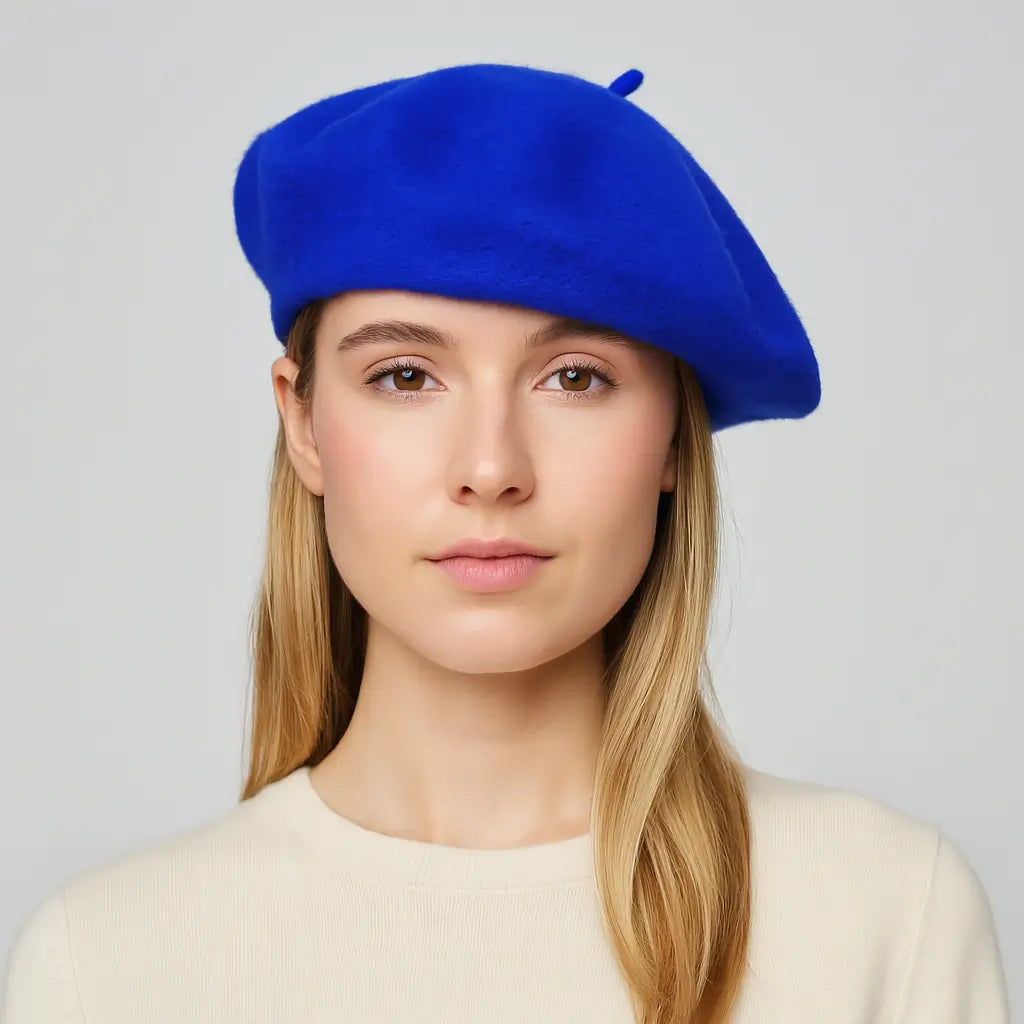


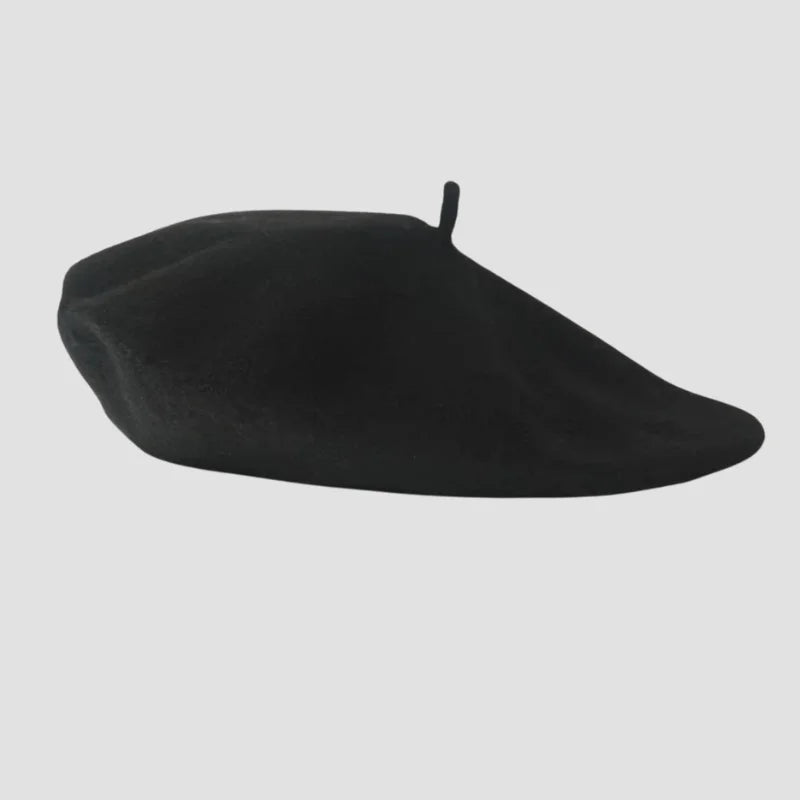

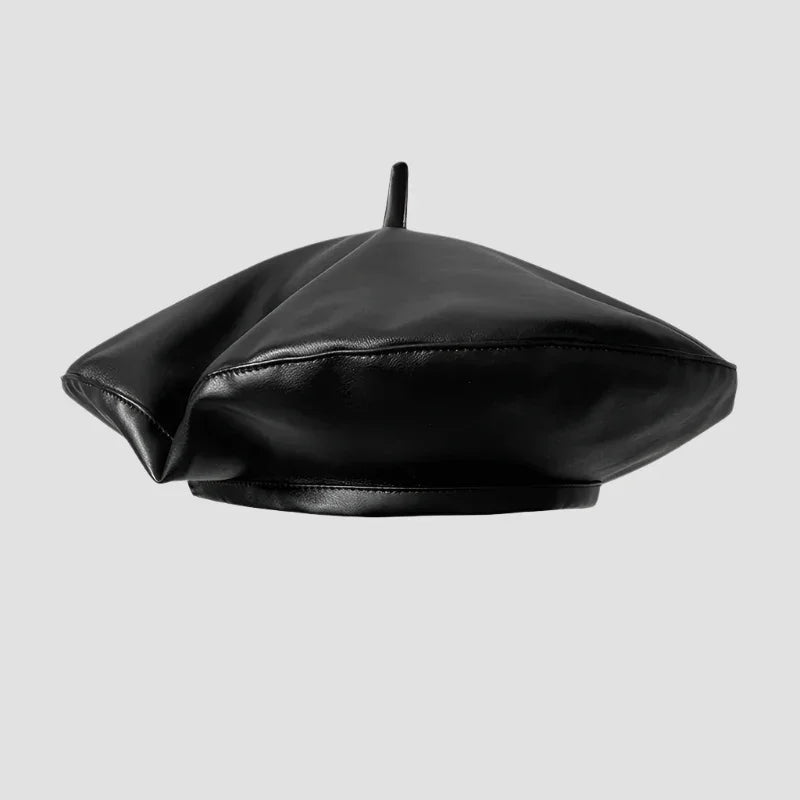

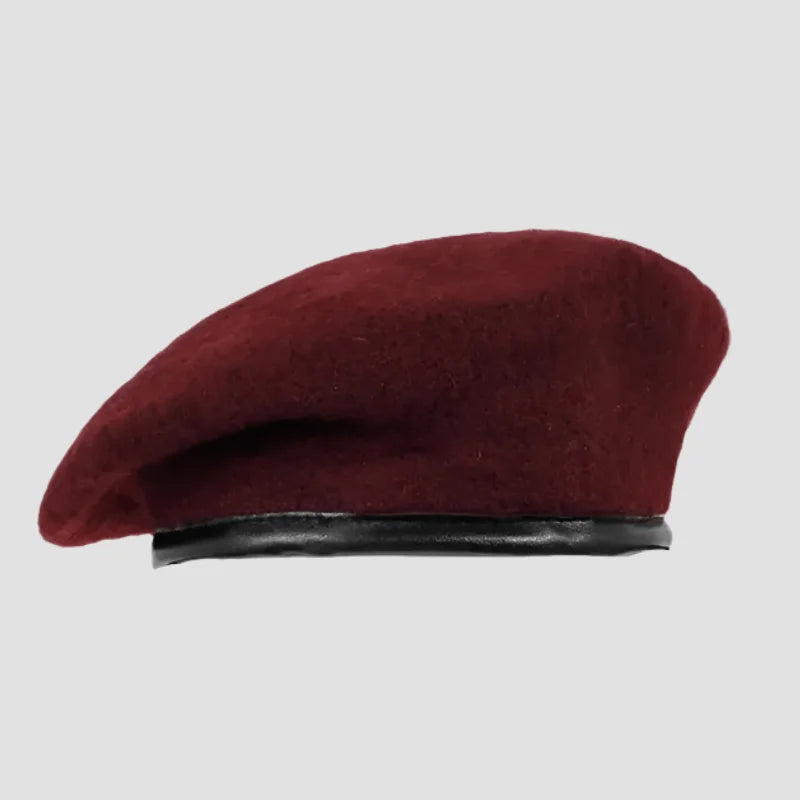
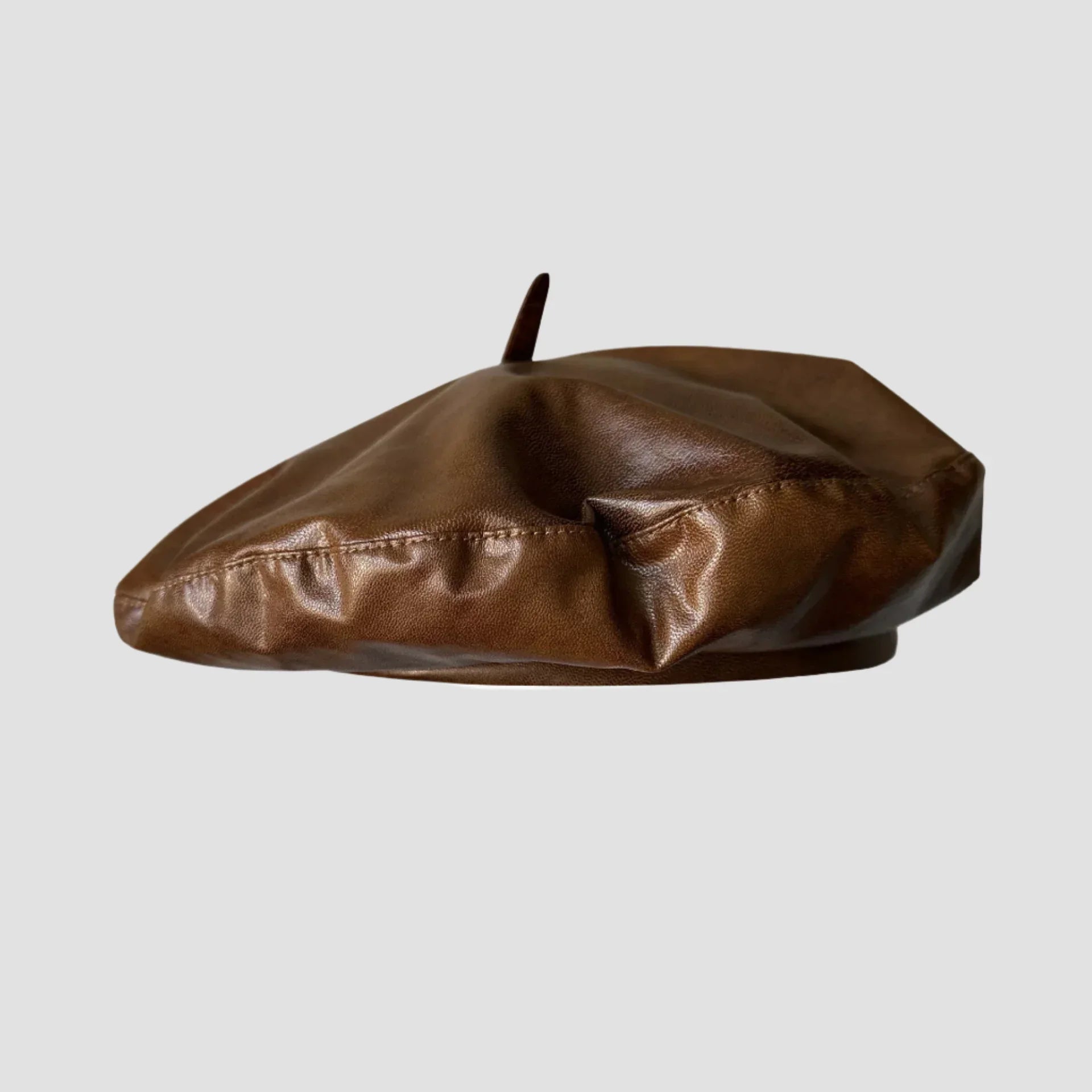

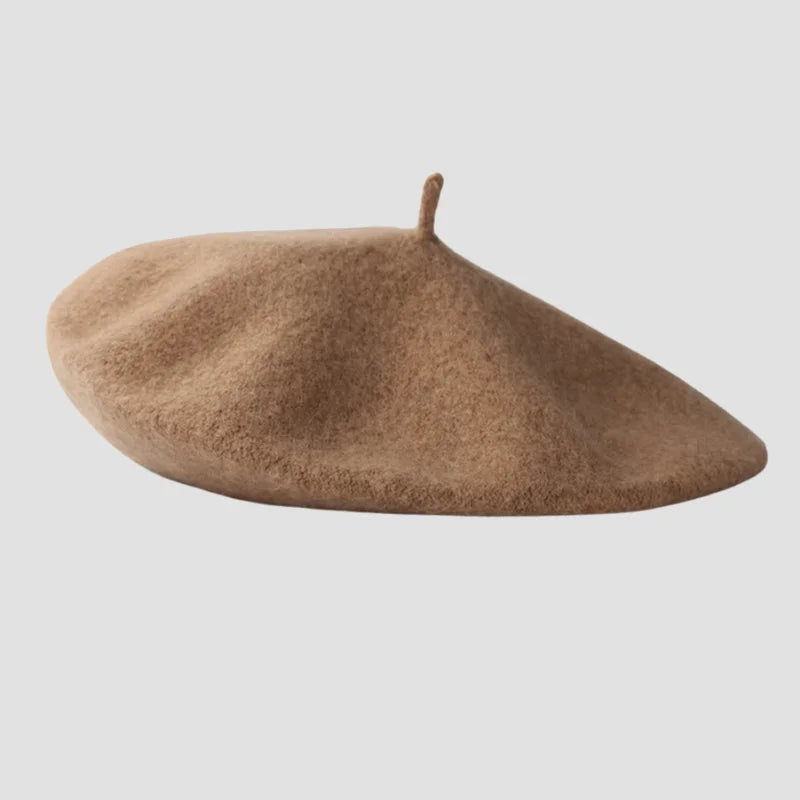
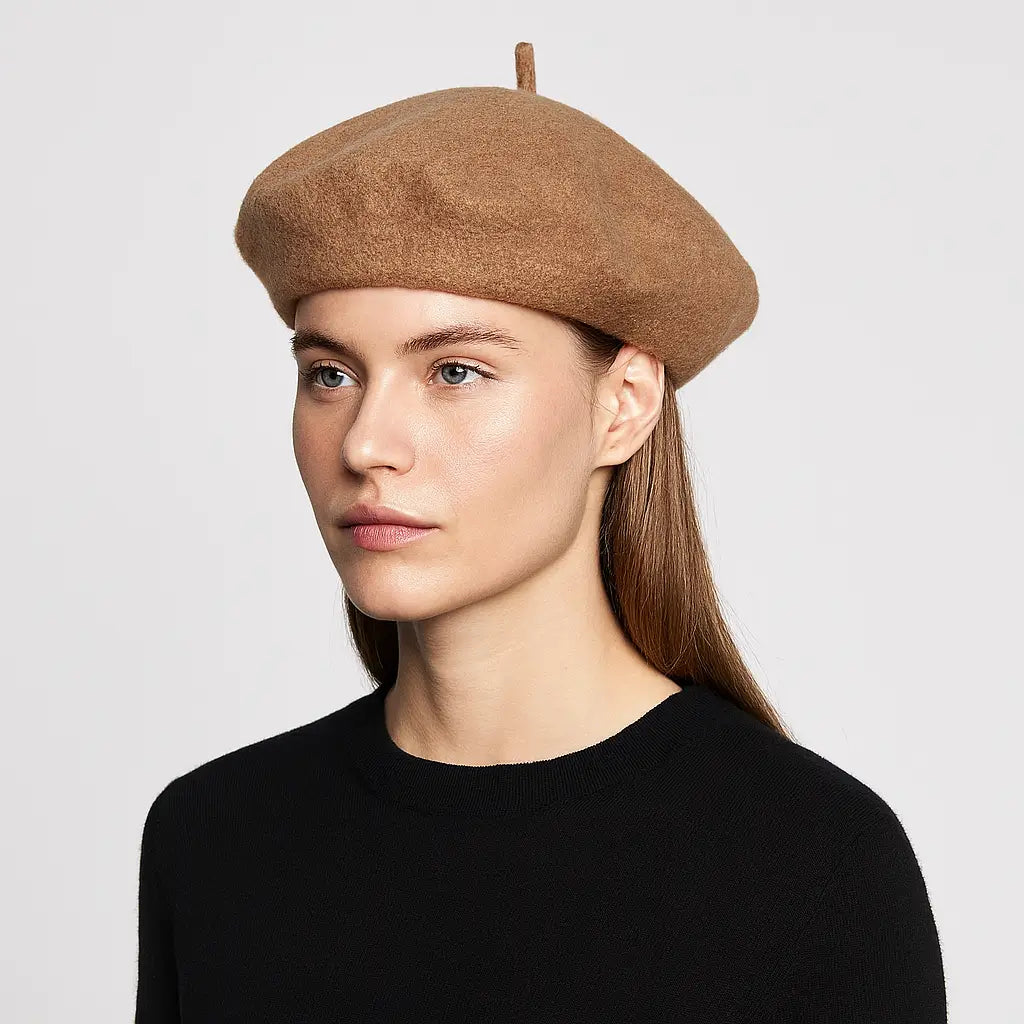

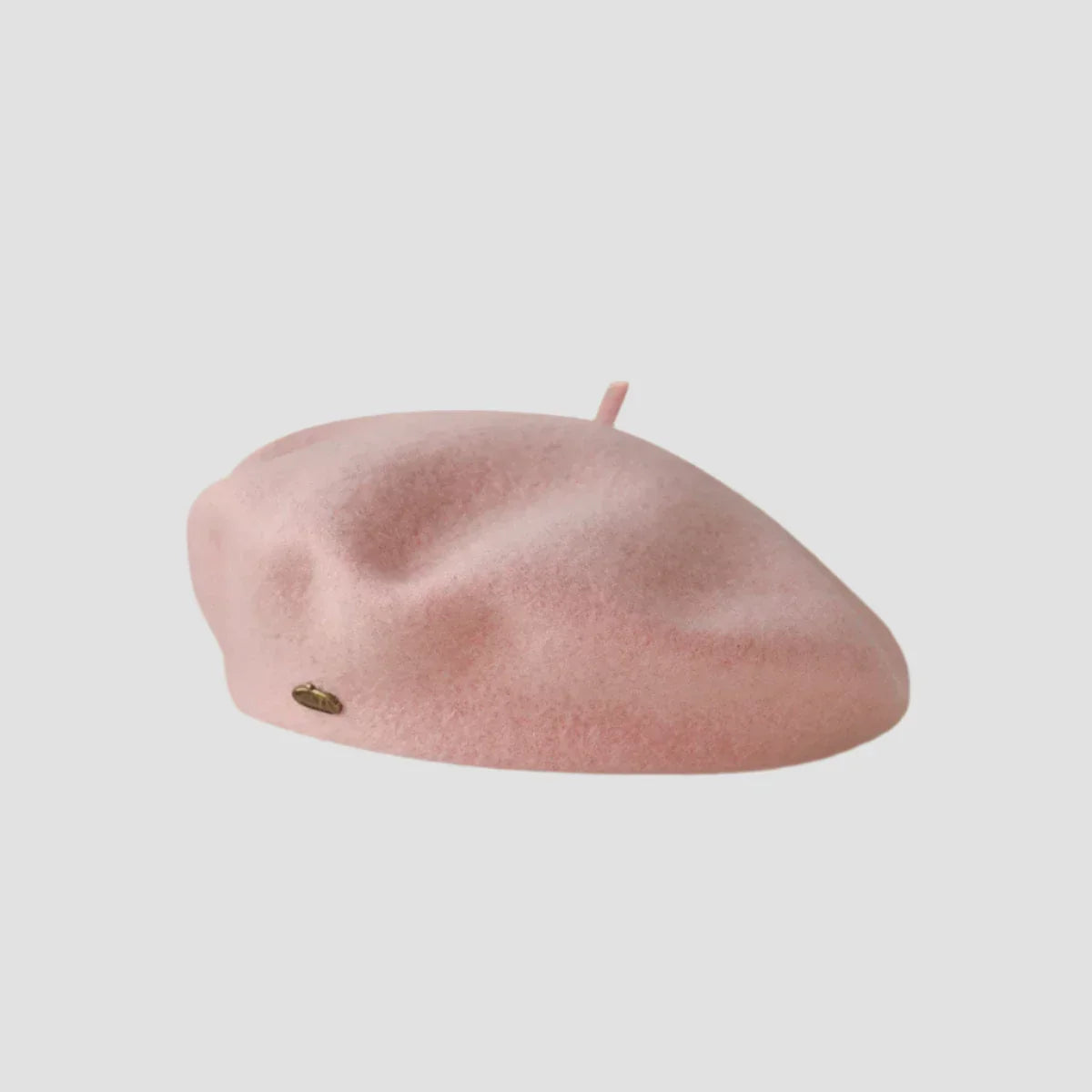
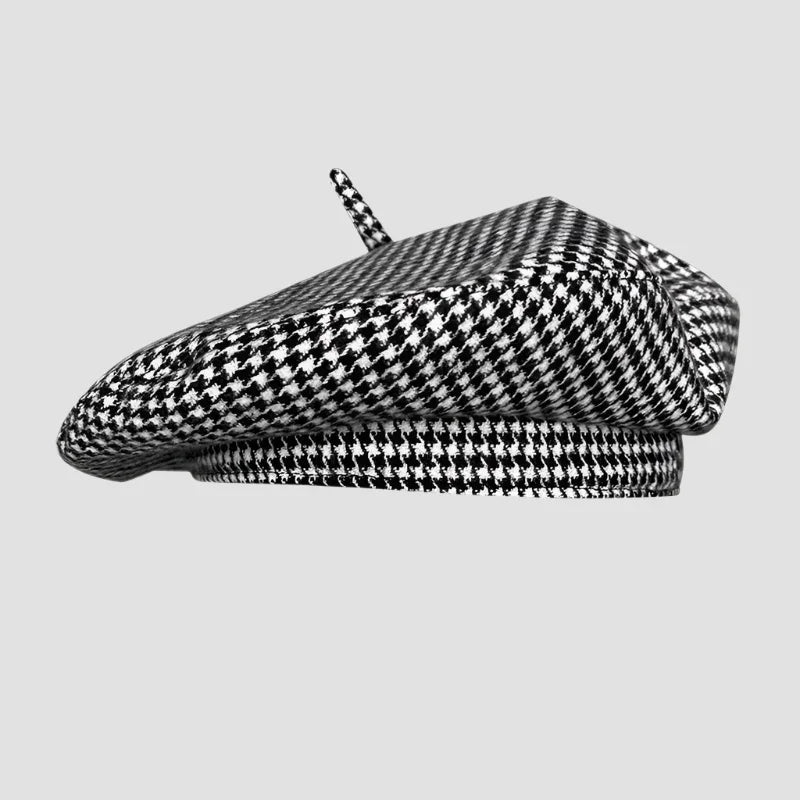
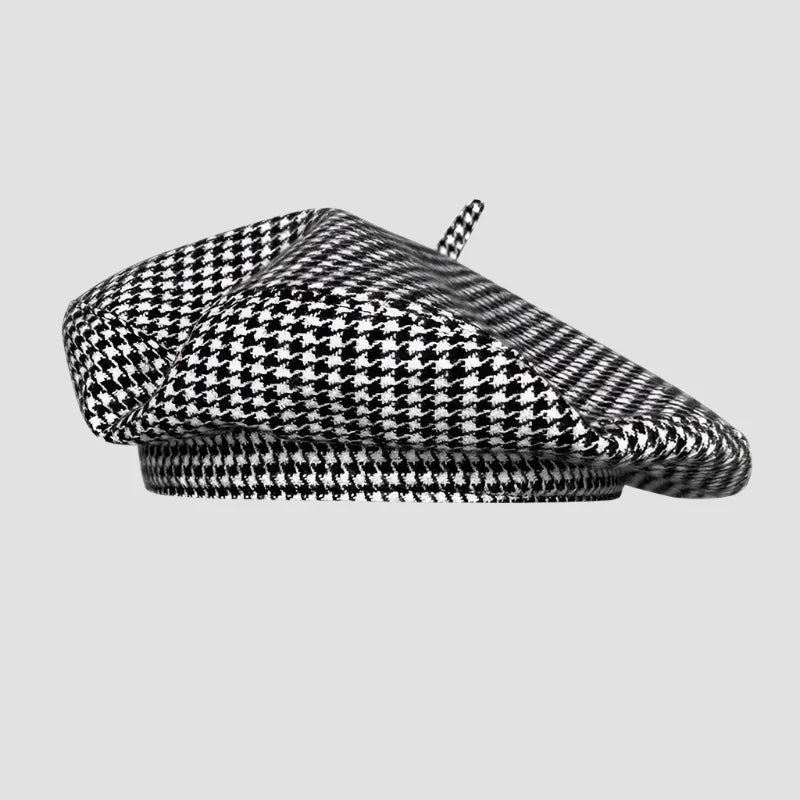


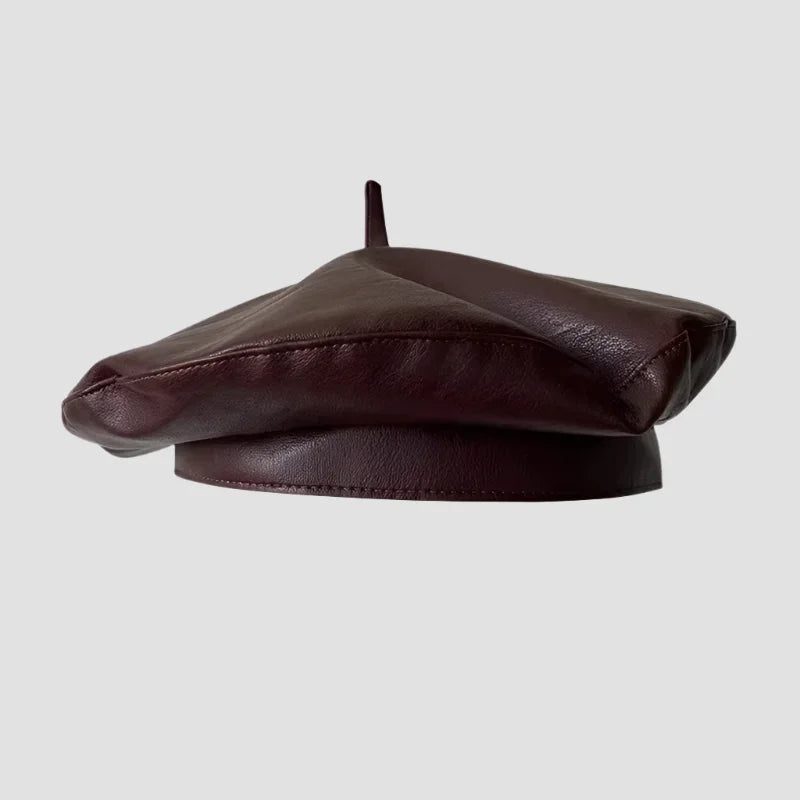


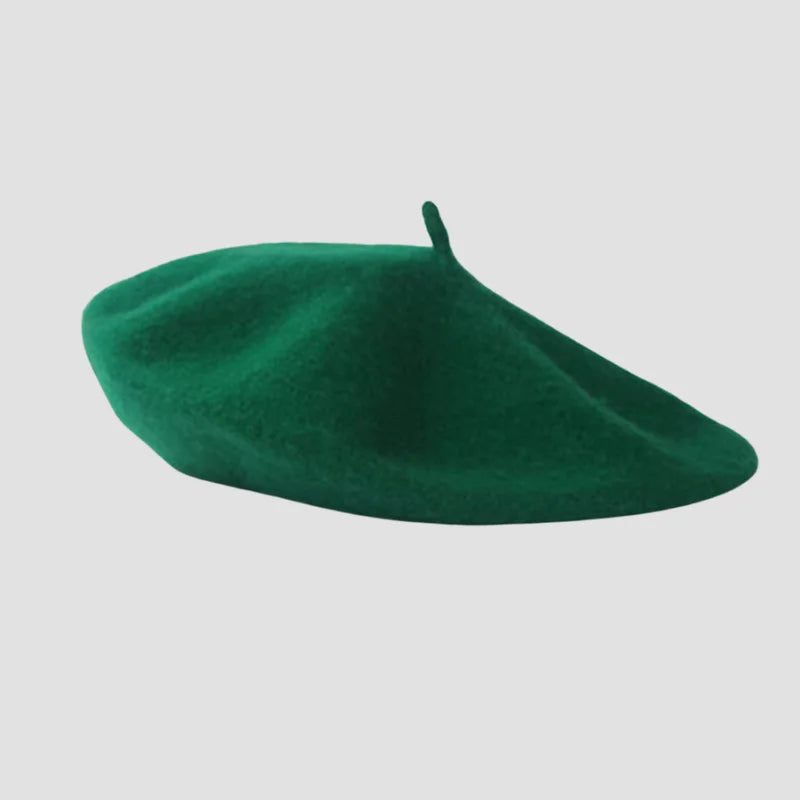

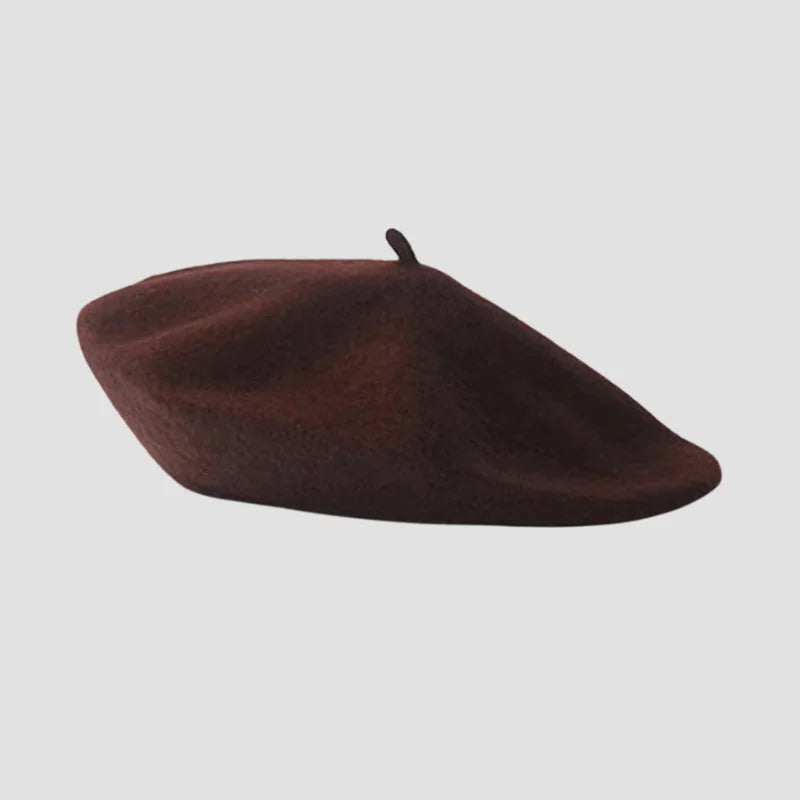

Leave a comment
All comments are moderated before being published.
This site is protected by hCaptcha and the hCaptcha Privacy Policy and Terms of Service apply.